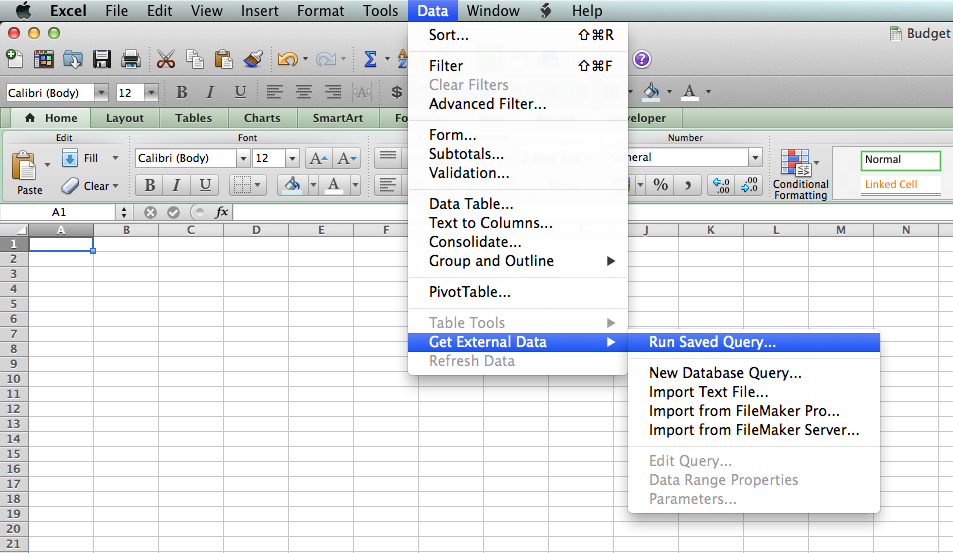
We could then apply a filter and call it good. The formula could use a function such as VLOOKUP or COUNTIFS to see if each transaction’s credit card number appears in the credit card list. Another option would be to write a helper formula to the right of the transactions table. But, as the number of credit cards grows, this approach becomes more tedious and difficult to update in future periods. Now, if you only had a few card numbers, this task could easily be performed by using a filter.

Our goal is to have Excel create a list of transactions for the CCNums that appear in the credit card list. It is named Transactions and it looks something like this. The second list contains all transactions. The table is named CreditCards and it looks something like this. The first list contains the credit cards selected for review. Thanks Maria for your question! Objectiveīefore we get too far, let’s take a moment to visualize the data and our goal. We are testing only transactions for those credit cards.” This type of list comparison can be performed with formulas, but in this post, we’ll use a Get & Transform query instead. The original question is: “I am trying to use a list of 79 credit card numbers to find all occurrences of each card number in a list of 400,000+ transactions.


I recently received an Excel question about how to perform a specific list comparison, and I thought I’d demonstrate how to use a Get & Transform query as an alternative to the formula-based list comparisons typically performed with functions such as VLOOKUP and COUNTIFS.


 0 kommentar(er)
0 kommentar(er)
